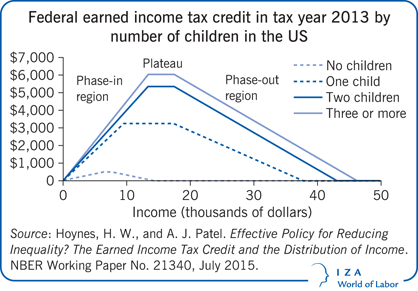Elevator pitch
High risk of poverty and low employment rates are widespread among low-skilled groups, especially in the case of some household compositions (e.g. single mothers). "Making-work-pay" policies have been advocated for and implemented to address these issues. They alleviate the above-mentioned problems without providing a disincentive to work. However, do they deliver on their promises? If they do reduce poverty and enhance employment, can we further determine their effects on indicators of well-being, such as mental health and life satisfaction, or on the acquisition of human capital?

Key findings
Pros
- Permanent in-work benefits generally increase the transition from welfare to employment of single mothers.
- Offering permanent in-work benefits reduces the incidence of in-work poverty.
- Permanent in-work benefits have a positive effect on mental health and life satisfaction of (single) mothers.
- Children of beneficiaries can also benefit from permanent in-work benefits.
- If society values the well-being of low-paid workers, permanent in-work benefits can improve the redistribution of income.
Cons
- In-work benefits based on total family income decrease the employment level of secondary earners.
- Time-limited in-work benefits have no long-term positive effects on the employment rate, earnings, and life satisfaction.
- By increasing overall labor supply, in-work benefits eventually reduce pre-tax wages, in the absence of downward wage rigidity.
- In-work benefits are often complex and interact with other schemes; they can thus be poorly understood, particularly by their target beneficiary group.
Author's main message
Permanent in-work benefits often enhance the socio-economic position of low-skilled workers with low financial incentives to work. Some evidence suggests that the mental health and the overall life satisfaction of beneficiaries are also improved, with, for some subgroups, additional favorable effects seen in their children. The complexity of the tax and benefit system, however, should not be overlooked. This calls for clearly understandable policies that offer permanent, as opposed to time-limited, in-work benefits alongside supporting mechanisms that assist with childcare, health care, and housing.
This article first appeared on IZA World of Labor in March 2016. Reproduced with permission


